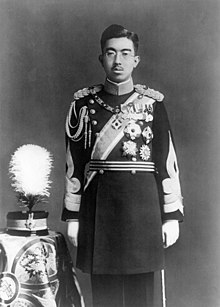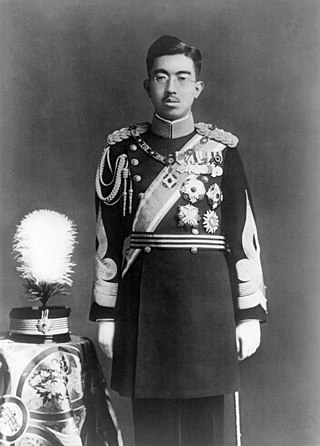
Hirohito, posthumously honored as Emperor Shōwa, was the 124th emperor of Japan according to the traditional order of succession, reigning from 1926 until his death in 1989. He was the longest-reigning Japanese emperor and one of the world's longest-reigning monarchs, reigning for 62 years during the Shōwa era, which saw Japan's militarization and imperial expansion in Asia, involvement in the Second Sino-Japanese War and World War II, and economic recovery and boom.
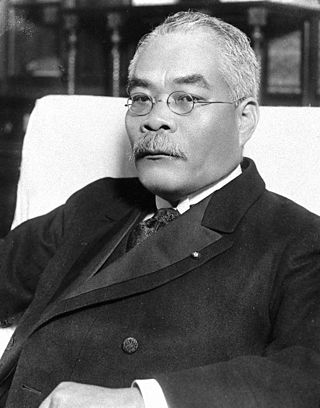
Hamaguchi Osachi was a Japanese politician who was Prime Minister of Japan from 1929 to 1931. Nicknamed the "Lion Prime Minister" due to his dignified demeanor and mane-like hair, Hamaguchi served as leading member of the liberal Rikken Minseitō during the "Taishō democracy" of interwar Japan. He was a member of the House of Representatives from 1915 until his death. He initially survived an assassination attempt by a right-wing extremist in 1930, but died about nine months later from a bacterial infection in his unhealed wounds.

Inukai Tsuyoshi was a Japanese statesman who was prime minister of Japan from 1931 to his assassination in 1932. At the age of 76, Inukai was Japan's second oldest serving prime minister, after Kantarō Suzuki whose term ended at the age of 77.
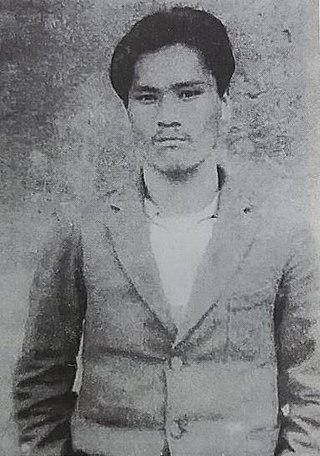
Yun Bong-gil was a Korean independence activist. His art name is Maeheon (매헌).

Daisuke Nanba was a Japanese student and member of the Japanese Communist Party who tried to assassinate the Crown Prince Regent Hirohito in the Toranomon incident on December 27, 1923.

Kaneko Fumiko or rarely Pak Fumiko and Pak Munja, was a Japanese anarchist and nihilist. She was convicted of plotting to assassinate members of the Japanese Imperial family.

The Toranomon incident was an assassination attempt on Regent Hirohito of Japan on 27 December 1923 by Japanese communist Daisuke Nanba.

The Sakuradamon incident was an unsuccessful assassination attempt against Japanese Emperor Hirohito on January 8, 1932, at the gate Sakuradamon in Tokyo, Empire of Japan.

Pak Yol was a Korean anarchist and independence activist who was convicted of high treason in Japan for conspiring to attack the Imperial House of Japan and assassinate Emperor Hirohito. His name is also spelled Bak Yeol, and he is also sometimes known by his birth name Pak Jun-sik. In Japanese his name was rendered Boku Retsu. Park was sentenced to death in March 1926, albeit his sentence was commuted to life in prison the following month. He was released from prison by U.S. military occupation authorities in October 1945, following the end of World War II.
Events in the year 1923 in Japan. It corresponds to Taishō 12 (大正12年) in the Japanese calendar.

Political dissidence in the Empire of Japan covers individual Japanese dissidents against the policies of the Empire of Japan.
Anti-monarchism in Japan or anti-Emperor system was a minor force during the twentieth century.
The Korean Patriotic Organization (Korean: 한인애국단) was a militant organization under the Korean Provisional Government (KPG) and founded in Shanghai, China in 1931. It aimed to assassinate military and government leaders of the Empire of Japan. The group also went by the name Ŭisaenggun.
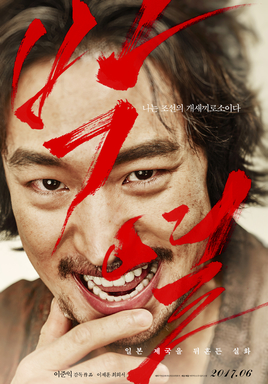
Anarchist from Colony is a 2017 South Korean biographical period drama film directed by Lee Joon-ik about the life of independence activist Park Yeol, with Lee Je-hoon taking on the title role. It premiered in South Korea on June 28, 2017.

Tatsuji Fuse was a Japanese lawyer and social activist.

Man of Will is a 2017 South Korean historical biographical drama film directed by Lee Won-tae, starring Cho Jin-woong and Song Seung-heon.
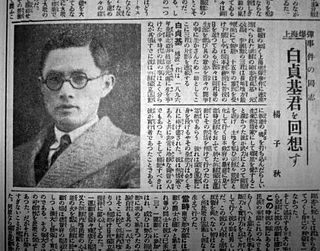
Baek Jeong-gi was a Korean anarchist and independence activist. A participant in the March First Movement, he was attracted to socialism and anarchism while he was a student in Japan, going on to join the Korean anarchist movement after moving to China. There he plotted the assassination of a Japanese consul, but he was arrested before he could make the attempt and died in a Japanese prison.

Sakurada Gate is a gate in the inner moat of Tokyo Imperial Palace, in Tokyo, Japan.
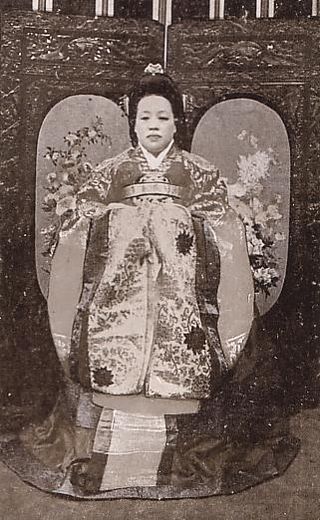
Imperial Noble Consort Sunheon, of the Yeongwol Eom clan, personal name was Eom Seon-yeong, was a concubine of Emperor Gojong of Korea.
